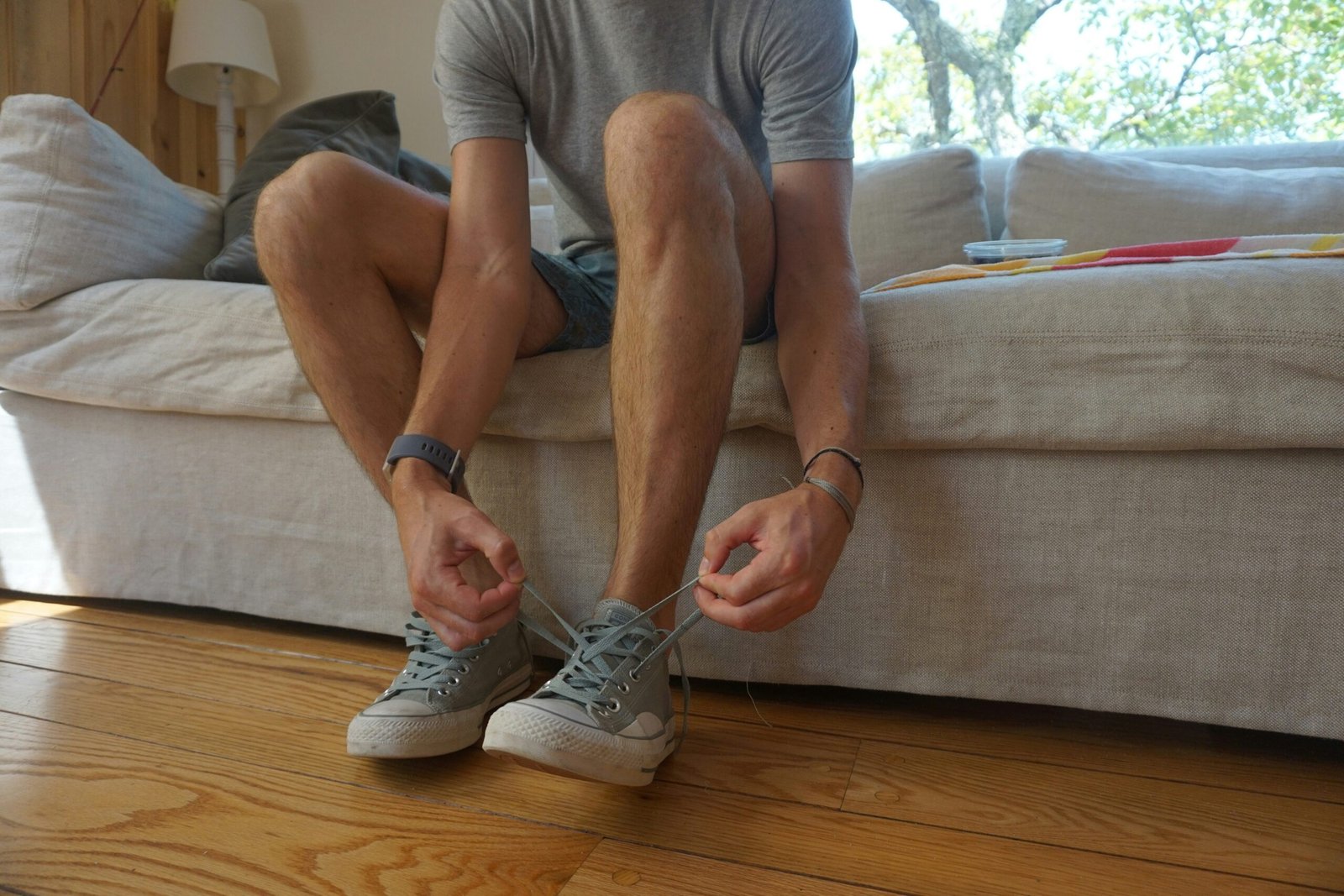Have you ever tripped over your own feet for no reason or struggled with simple tasks like buttoning a shirt? These could be signs of Lack of Muscle Coordination, a condition that affects the way your brain and body communicate. Muscle coordination is essential for everyday activities—walking, writing, playing sports, or even maintaining good posture. But when it’s not working properly, it can impact not just physical abilities but also confidence and social life.
The good news? The brain is capable of change, and through brain reorganization, it’s possible to improve coordination and regain control over movement. Keep reading to understand what causes Lack of Muscle Coordination, the signs to watch for, and how In the Cortex can help retrain your brain for better motor control.
What Is Lack of Muscle Coordination?
Lack of Muscle Coordination, also known as ataxia in severe cases, happens when different muscle groups struggle to work together efficiently. This can lead to clumsiness, difficulty with balance, or trouble performing precise movements.
People with coordination issues may:
✅ Trip or fall frequently
✅ Have trouble tying shoelaces, buttoning clothes, or using utensils
✅ Struggle with sports or activities requiring fine motor skills
✅ Feel unsteady when standing or walking
✅ Experience shaky or uncontrolled movements
Coordination issues can affect both children and adults, sometimes developing from birth or appearing later due to stress, trauma, or neurological conditions.
The Role of Primitive Reflexes in Muscle Control
When babies are born, they have built-in primitive reflexes that help with survival and early movement. As they grow, these reflexes should “turn off” as the brain develops control over movement. However, if these reflexes don’t integrate properly, they can interfere with muscle coordination well into childhood and adulthood.
Common Reflexes That Impact Coordination
🔹 The Moro Reflex: Also called the “startle reflex,” it can make a person overly sensitive to sudden movements or sounds, causing instability in posture.
🔹 The Tonic Labyrinthine Reflex (TLR): If not fully integrated, it can make balance and spatial awareness difficult, affecting coordination.
When these reflexes remain active, they can create tension in the body and make movements feel awkward or unsteady.
How the Nervous System Affects Muscle Coordination
Your autonomic nervous system (ANS) plays a major role in muscle coordination. It has two parts:
🔹 Sympathetic (Fight-or-Flight): Gets activated in stressful situations, making muscles tense and reducing fine motor control.
🔹 Parasympathetic (Rest-and-Digest): Helps the body relax and function smoothly.
If someone is constantly stressed or if their primitive reflexes are still active, their nervous system stays in a fight-or-flight state, making it difficult to control movements smoothly. This is why Lack of Muscle Coordination isn’t just about movement—it’s connected to the brain and nervous system.
How In the Cortex Helps Improve Muscle Coordination
At In the Cortex, we take a brain-based approach to improving coordination. Instead of just practicing movements, we help rewire the brain through brain reorganization techniques.
What Is Brain Reorganization?
Brain reorganization is a process where the brain forms new neural connections to improve coordination, balance, and overall movement.
How Our Program Works
🔹 Identifying Reflex Issues: We assess which primitive reflexes are still active and affecting coordination.
🔹 Targeted Movements: Specific exercises mimic early childhood development patterns, helping to integrate these reflexes.
🔹 Nervous System Regulation: We use calming techniques to balance the nervous system, improving muscle control and reducing tension.
Steps to Improve Muscle Coordination at Home
Want to start improving your coordination today? Try these simple exercises:
🟢 Balance Training: Stand on one foot for 30 seconds, then switch. This helps improve stability.
🟢 Crossover Movements: Touch your right hand to your left knee and alternate. This strengthens brain-body communication.
🟢 Breathing Exercises: Slow, deep breathing helps calm the nervous system, making movements feel smoother.
🟢 Rolling Exercises: Lie on the floor and roll from side to side—this mimics early brain development and helps with brain reorganization.
Real-Life Success Stories
Many individuals have experienced incredible improvements with In the Cortex’s approach.
✅ Children who struggled with sports have gained better balance and confidence.
✅ Adults who felt clumsy or unstable now move with ease.
✅ People with past injuries or developmental delays have regained control over their coordination.
The key is to address the root issue—the brain’s connection to movement—rather than just focusing on the physical side of coordination.
Final Thoughts: Taking Control of Your Coordination
Lack of Muscle Coordination isn’t just an inconvenience—it can impact confidence, independence, and social life. By understanding the role of primitive reflexes, the nervous system, and brain reorganization, it’s possible to improve movement and regain control.💡 Ready to take the next step? Discover how In the Cortex can help you or your loved one achieve better coordination and a stronger connection between brain and body.



